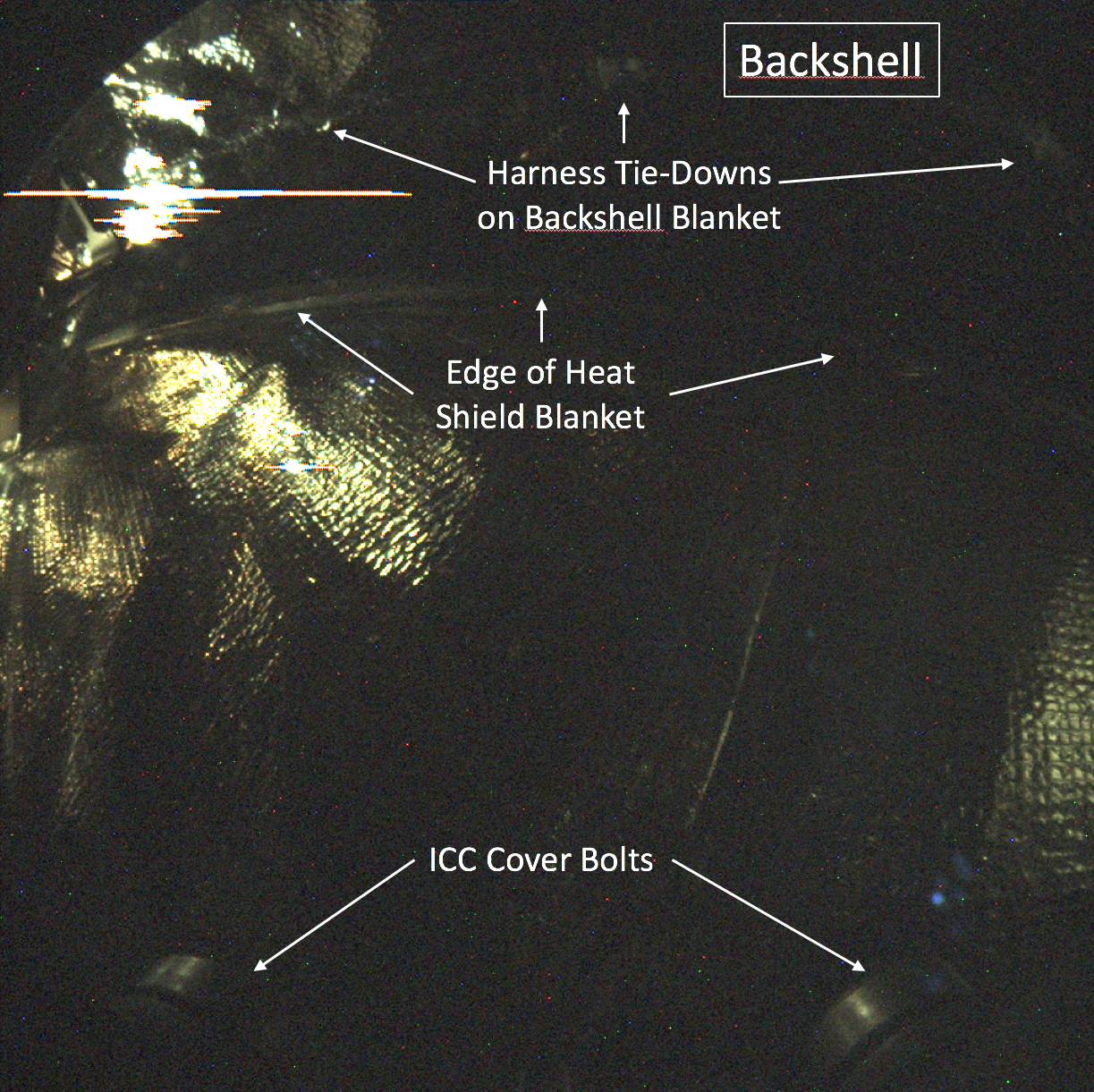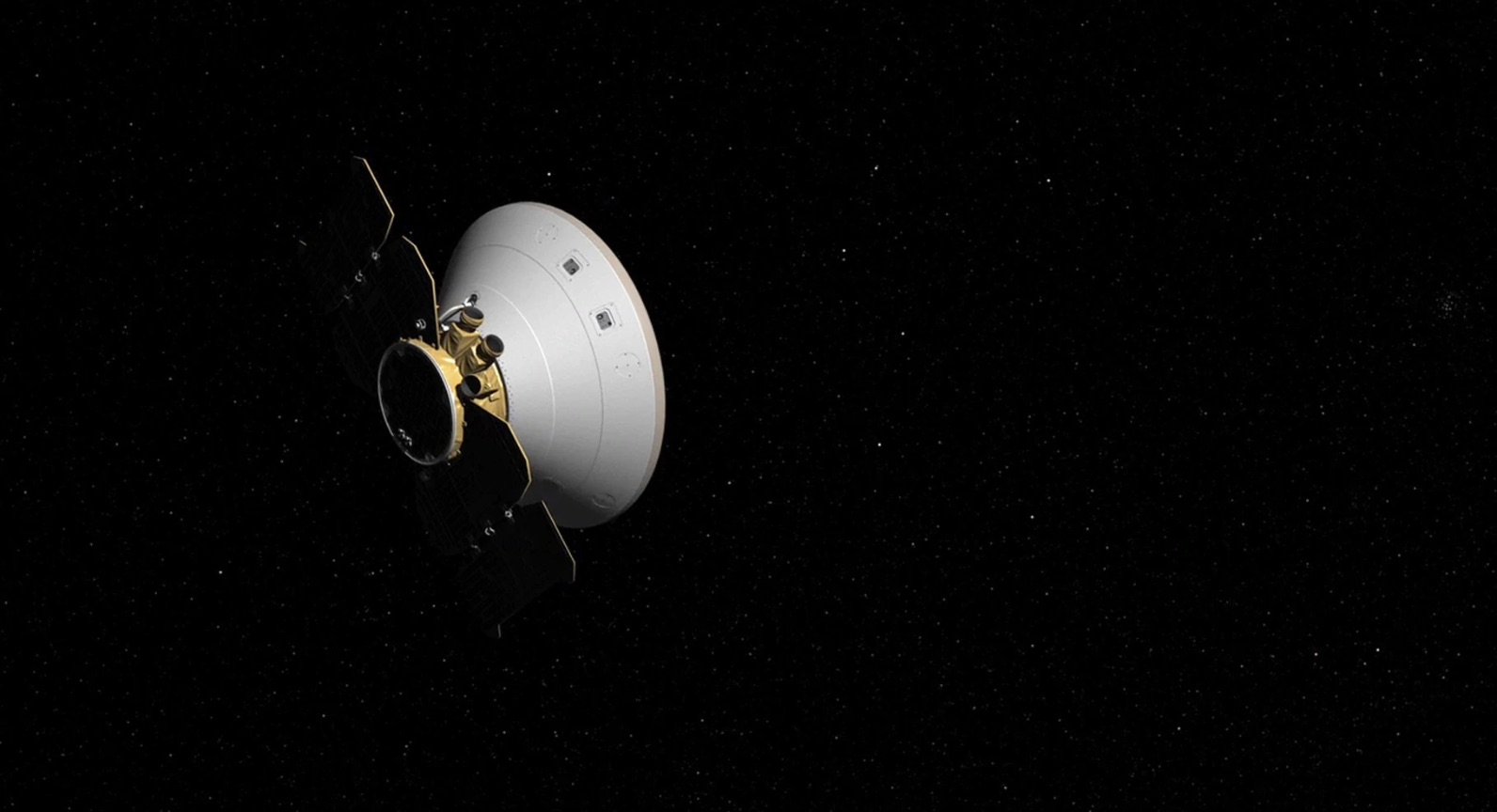NASA's InSight Mars Lander Snaps a Selfie at Halfway Mark to Red Planet
NASA's newest spacecraft bound for Mars is halfway to its destination and is in good condition, the agency announced today (Aug. 20). The probe even snapped a selfie in space to mark the milestone.
That spacecraft, called InSight, is a lander that will study the geology and seismology of Mars. The spacecraft launched on May 5, about a month before a planet-encircling dust storm cut off communication with another NASA robot, the Mars rover Opportunity.
Now, while engineers continue to wait for word from Opportunity, InSight has passed the halfway mark in its journey to the Red Planet, having covered 172 million miles (277 million kilometers) to date, NASA officials said in a statement. [In Photos: The Top 10 Space Robot Selfies]

NASA engineers have used the travel time to confirm all of InSight's instruments are safe and ready to work, the statement noted. That includes a seismometer that will track quakes on Mars and a self-hammering probe that will measure heat flow out of the planet's interior. The team also used cameras aboard the spacecraft to take a "selfie" of the mission's equipment.
"If you are an engineer on InSight, that first glimpse of the heat shield blanket, harness tie-downs and cover bolts is a very reassuring sight as it tells us our Instrument Context Camera is operating perfectly," InSight project manager Tom Hoffman said in the NASA statement. "The next picture we plan to take with this camera will be of the surface of Mars."
That picture will be taken on Nov. 26, a few minutes after InSight lands at Elysium Planitia, a flat plane near the planet's equator. Once settled, it will deploy its instruments and begin investigating the planet's interior structure and geology.

While the massive dust storm that began in June has been dying down, NASA previously said it didn't anticipate any problems with the InSight landing-and-deployment process even if the storm were to remain active in November.
Get the Space.com Newsletter
Breaking space news, the latest updates on rocket launches, skywatching events and more!
InSight's launch and landing were scheduled around Mars' closest approach to Earth, which occurred on July 31. That alignment also made for excellent viewing conditions of the Red Planet — currently dyed a yellowish shade by dust.
Of course, the perspective from Earth will never match the view from Mars itself — so stay tuned for InSight's next postcard.
Email Meghan Bartels at mbartels@space.com or follow her @meghanbartels. Follow us @Spacedotcom, Facebook and Google+. Original article on Space.com.
Join our Space Forums to keep talking space on the latest missions, night sky and more! And if you have a news tip, correction or comment, let us know at: community@space.com.

Meghan is a senior writer at Space.com and has more than five years' experience as a science journalist based in New York City. She joined Space.com in July 2018, with previous writing published in outlets including Newsweek and Audubon. Meghan earned an MA in science journalism from New York University and a BA in classics from Georgetown University, and in her free time she enjoys reading and visiting museums. Follow her on Twitter at @meghanbartels.









